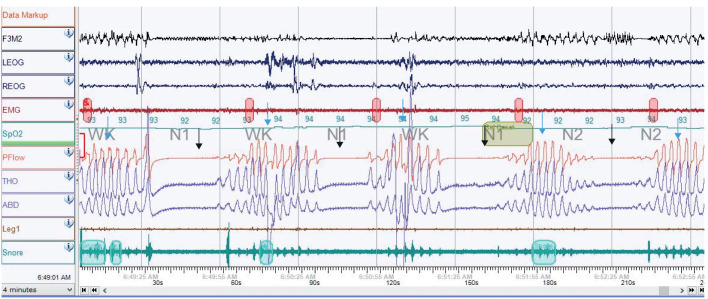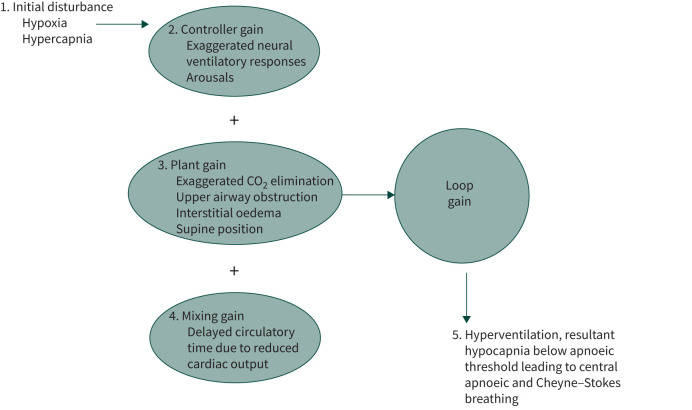Management of central sleep apnoea: a review of non-hypercapnic causes.
IF 3.4
Q2 RESPIRATORY SYSTEM
引用次数: 0
Abstract
Central sleep apnoea (CSA) is characterised by recurrent episodes of airway cessation or reduction in the absence of respiratory effort. Although CSA is less common than obstructive sleep apnoea, it shares similar symptoms. CSA can be secondary to various medical conditions, high altitude and medication exposure. CSA can also emerge during obstructive sleep apnoea therapy. There are a range of treatment options and selecting the right therapy requires an understanding of the pathophysiology of CSA. This review explores the aetiology, pathophysiology and clinical management of non-hypercapnic CSA.



中枢性睡眠呼吸暂停的管理:非高窒息原因综述。
中枢性睡眠呼吸暂停(CSA)的特点是在没有呼吸努力的情况下反复发作气道停止或减弱。虽然中枢性睡眠呼吸暂停比阻塞性睡眠呼吸暂停少见,但症状相似。CSA 可继发于各种疾病、高海拔和药物接触。CSA 也可能在阻塞性睡眠呼吸暂停治疗期间出现。目前有一系列治疗方案,选择正确的治疗方法需要了解 CSA 的病理生理学。本综述探讨了非高海拔 CSA 的病因、病理生理学和临床治疗。
本文章由计算机程序翻译,如有差异,请以英文原文为准。
求助全文
约1分钟内获得全文
求助全文

 求助内容:
求助内容: 应助结果提醒方式:
应助结果提醒方式:


